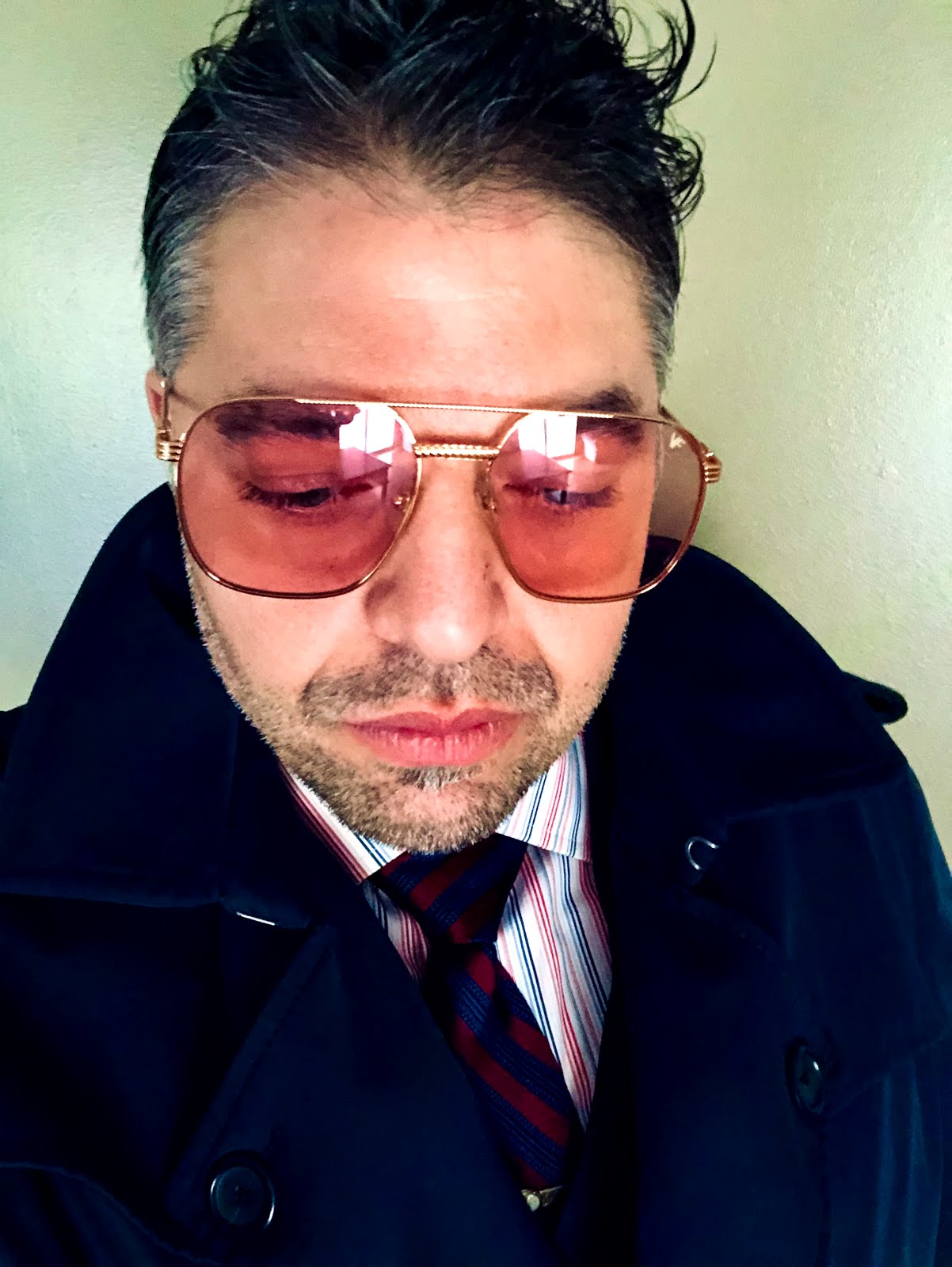Atrophy (n)
1. A wasting away of the body of of an organ or part, as from defective nutrition or nerve damage.2. Degeneration or decline as from disuse.
3. A decrease in size, a wasting away, deterioration, or diminution; to waste away, wither or deteriorate.
I live in the Rust Belt.
Like most of the North East, Western Pa. was once the home of powerful Steel Mills.
I can vividly remember going to my Nonna's house and looking outside the backseat window at the massive brick buildings that stood erect.
Buildings that once represented the epicenter of American power were now mere ghosts of a distant past. That is until about 10 years ago when the buildings were totally torn down...I am sure that in your own town you can associate with atrophy. It is hard not to see atrophy at work. As time passes, everything succumbs to decay. Our bodies, great works of art and breathe-taking structures all over time ... break down and decay.
With this in mind, it is important to know that leadership is to help an organization prevent atrophy. Below I will explain how atrophy develops and how it can be prevented.
-Organizations have a life-cycle like the Bell Curve-
Notice when decline starts?
Right after the highest point in the curve!
The reason is because when an organization reaches this point they have the most money, the most resources, Etc.
The effect of success shades the leadership from considering the natural process of atrophy. I know this sounds a bit unnatural --but it is true.
Consider your own organization...
Q: Do they spend the vast majority of their time, energy & resources preserving the past?
If the answer to the above question is YES. Then your organization is in trouble!
Correcting Atrophy:
If you are wondering how you can avoid atrophy, the answer is that you will never truly remove atrophy from an organization.
This is why great leadership is required to continually challenge & reinvent the business so that it can stay fresh and continue on in the future. And guess what is the best way to keep people out of the rut in the first place?
By consistently reminding your team of atrophy!
I leave you with this inspiring illustration from nature:
A Salmon will fight its way upstream for one reason...to ensure that another generation continues. It fights the current in order to spawn a new generation. After all of this, the Salmon dies. I am not sure if the Salmon does this by instinct or knowingly feels that its own death is near, but what I do know is that atrophy is taking place and that Salmon gives everything it has for the next generation.
May you and I do the same in the space God has placed us.
Especially in His Church.
“And of the children of Issachar,
which were men that had understanding of the times,
to know what Israel ought to do..."
I Chronicles 12:32


3 comments:
Hi Anthony,
I've seen this happen to many companies, especially those who have a hard time letting go of the past or old ways. Does it seem that this is the exact thing that is happening with our economy? The tired old ways are just not working and people are just too afraid to let go and create something new that is a better fit.
Hey Anthony, I despise blogger, but figured I'd let you know I agree with you here. This is what is happening to America, and there will soon be a collapse like none other. From the Daily Crushers, stop by Manifest Your Dreams sometime and/or connect with me on FB, brother. And if you want to get set up with a more adaptable and professional wordpress blog, I can help you out. God's Blessings, Curt Bizelli
I agree with Anthony that we who lead organizations have to pay attention to atrophy. Because organizations are social entities, they, like people, die. All social entities have life and die. The question becomes what enhances life and what drains the life of organizations.
Because the life of organizations is like the life of people, in general it doesn’t really follow a bell curve. This life is not organic natural life that usually follows a bell curve. This life is different; it’s the internal energy, enthusiasm, vitality, passion of the organization, which because it’s fragile, it may come and go at any time. It may rise quickly and disappear just as fast.
Organizations then have two types of lifespans. One is the natural bell curve life span. The other lifespan is the life that gives its vitality. This lifespan doesn’t follow a bell curve. Sometimes, organizations without this type of life, lasts a very long time. The reason is that organizations that are dead cannot die. But organizations that are fully alive are fragile and may only last but a few years.
Post a Comment